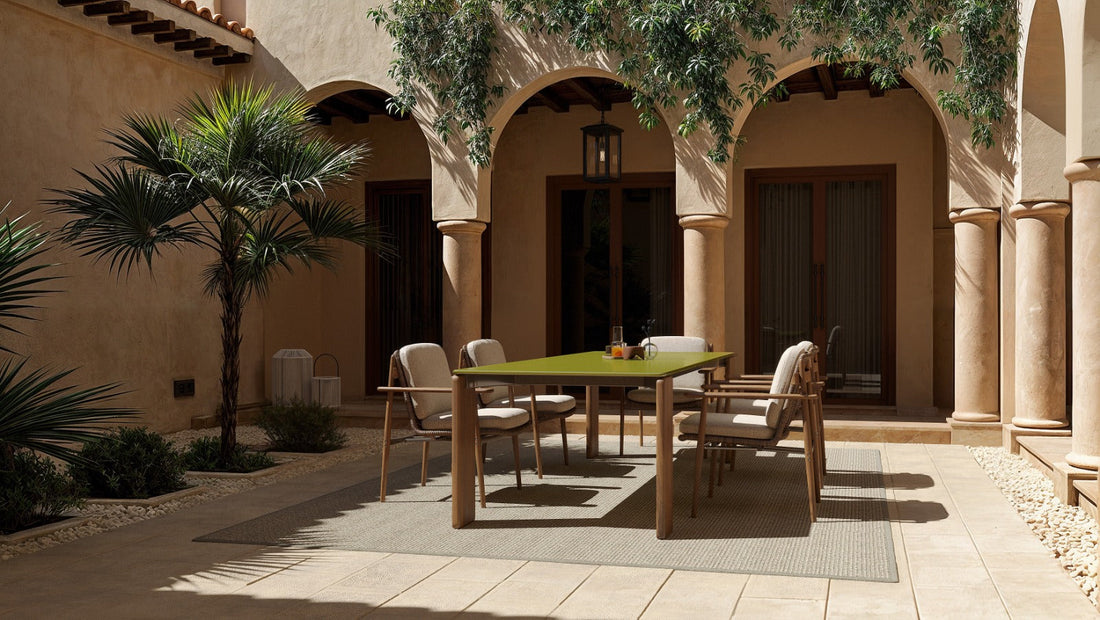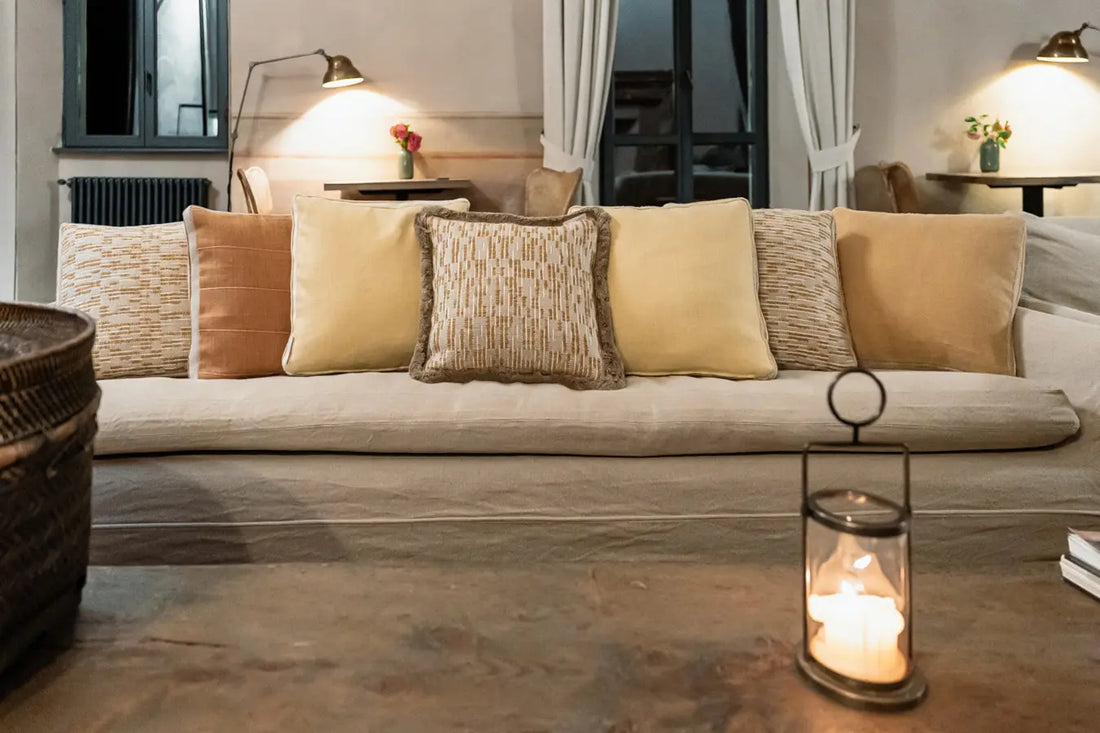Quickly bought – quickly disposed of: The problem with mass-produced goods
Whether furniture, carpets, or home decor – the world of interior design is increasingly flooded with quickly produced, short-lived products . Similar to fast fashion, low prices and constant availability are attractive. But what seems practical at first glance turns out to be costly in the long run – for the environment, health, and quality of life .
Cheap furniture is often made of inferior materials such as particleboard, plastics, or chemically treated composites. They are neither durable nor sustainable – and end up in the bulky waste after just a few years. Many products also pose health risks: VOC-containing paints and adhesives pollute the air and can trigger headaches, allergies, or respiratory problems.
In addition, mass production often results in questionable working conditions . Low prices come at the expense of people and the environment. Choosing high-quality, fairly produced home textiles or furniture is therefore more than a style statement – it's a clear commitment to responsibility.
Why quality is more sustainable – also financially
Those who choose high-quality home accessories are committed to longevity. Solid wood instead of chipboard, genuine linen instead of synthetic fibers, handwoven outdoor rugs instead of industrial yard goods – the result: furniture and textiles that remain stylish for years and gain character over time.
The investment is also worthwhile from an economic point of view:
A cheap sofa might last five years – a well-made one might last decades. Sustainability doesn't mean sacrifice, but value.
Materials with responsibility – beautiful & environmentally friendly
Many high-quality brands today rely on certified materials such as:
- recycled wood
- organic cotton , linen or wool
- low-VOC paints
- Weatherproof performance acrylics for durable outdoor collections
Particularly relevant for your sector: high-quality, easy-care outdoor textiles that combine aesthetics and weather resistance – ideal for sustainable garden furniture, lounges or hotels with a high standard.
Design with soul: emotional connection instead of disposable product
Those who choose carefully live more consciously:
A handcrafted outdoor rug, a high-quality blanket, or a distinctive one-of-a-kind piece tells a story and adds personality to the room. This creates a home that lasts and evolves , rather than chasing a trend.
This attitude fits perfectly with slow living : buying less, but more consciously. Creating space for real materials, real craftsmanship, and real stories.
How to live sustainably: Tips for your everyday life
1. Quality instead of quantity
It’s better to have a few well-thought-out pieces that will last for decades – instead of constantly buying new ones.
2. Prefer natural materials
Solid wood, wool, linen, marble or hand-finished ceramics – durable, healthy and beautiful.
3. Support brands with attitude
Research: How does the brand produce? Where do the materials come from? Are there fair working conditions?
4. Include vintage & second-hand
Giving old furniture new life – sustainable, charming & individual.
5. Upcycling instead of disposal
Repair, rework, and re-stage your favorite pieces – with DIY or professionals.
6. Mindful care
With natural cleaning products, surface protection and repair know-how, furniture and textiles can be kept beautiful for a long time.
7. Energy-efficient lighting
LED, smart home systems and the conscious use of daylight make the difference.
Conclusion: Quality is not only more beautiful – it is more meaningful
Those who choose high-quality, sustainable home accessories are not just choosing style, but also attitude: longevity instead of a throwaway mentality, responsibility instead of cheap trends.
Whether as a designer, hotelier or private individual – every conscious purchasing decision changes markets, interiors and our attitude to life.







